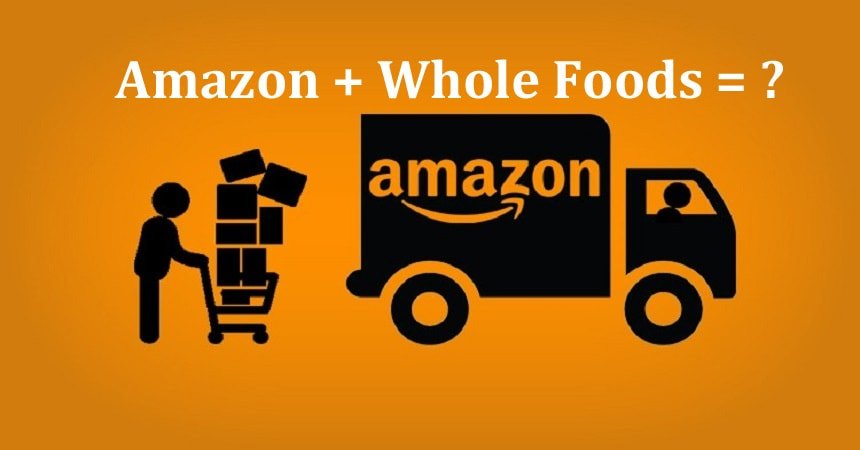June, 2017 – In a move that is sure to bring further disruption to the grocery sector, Jeff Bezo’s Amazon has acquired troubled retailer Whole Foods. Amazon is paying $42 per share which represents a premium of 27% premium over Whole Foods recent price. The overall deal is valued at about $13.7 billion, including debt. Many analysts were expecting Amazon to make further moves into the grocery industry and the Whole Foods acquisition is sure to send shockwaves across both the online and brick-and-mortar industries.
The deal comes a month after Whole Foods announced a board shake-up and cost-cutting plan amid falling sales and is one that many believe will be an industry “game changer”. It is an interesting turn of events for the grocery store operator that has been under pressure from activist investor Jana Partners. Known for its organic options, Whole Foods had been facing increased competition from discounters such as Aldi and Trader Joe’s along with pressure from restaurant chains, meal-delivery companies and traditional supermarkets such as Kroger.
Part of a Bigger Strategy?
Whole Foods operates about 465 stores across the US in upper-income, affluent neighborhoods. Some speculate that Amazon could use these locations for a variety of offerings—particularly the expansion of its same day delivery program. In effect the brick and mortar Whole Foods locations may serve as prime distribution nodes for everything Amazon does. Michael Pachter, an analyst at Wedbush Securities says “I assume the physical presence gives them the ability to distribute other products more locally. So theoretically you could get 5-minute delivery.”
Amazon has long had its eye on the grocery industry and has even begun testing some store locations of its own, including Amazon Fresh grocery stores and the Amazon Go concept. The fact is that Amazon already offers grocery delivery services in 21 U.S cities and operates some 15 fulfillment centers. Consumers spent nearly $900 billion on food in 2015 and Amazon has made it known that it wants to be a player in the industry. By acquiring Whole Foods the e-commerce giant will control both an established brick-and-mortar grocery system and the infrastructure to build to successfully execute online sales which is an area where most grocery chains lag behind. Up to this point, one of traditional retailers’ biggest advantages over Amazon have been their established base of brick-and-mortar stores.
It’s fair to say that this move by Amazon has taken many by surprise especially given the fact that it was considering purchasing Whole Foods in 2016 but that initiative died. It’s too early to say how Amazon will utilize this new tool in its already impressive retail arsenal but it is more likely than not that the company will leverage Whole Foods in ways that will force its competitors to respond.
The companies say that stores will continue to operate under the Whole Foods Market brand. Current Whole Foods CEO John Mackey will stay on and the company’s headquarters will remain in Austin, Texas. “Millions of people love Whole Foods Market because they offer the best natural and organic foods, and they make it fun to eat healthy,” said Jeff Bezos, Amazon founder and CEO, in a press release. “Whole Foods Market has been satisfying, delighting and nourishing customers for nearly four decades – they’re doing an amazing job and we want that to continue.” Amazon and Whole Foods expect to close the deal during the second half of 2017.

